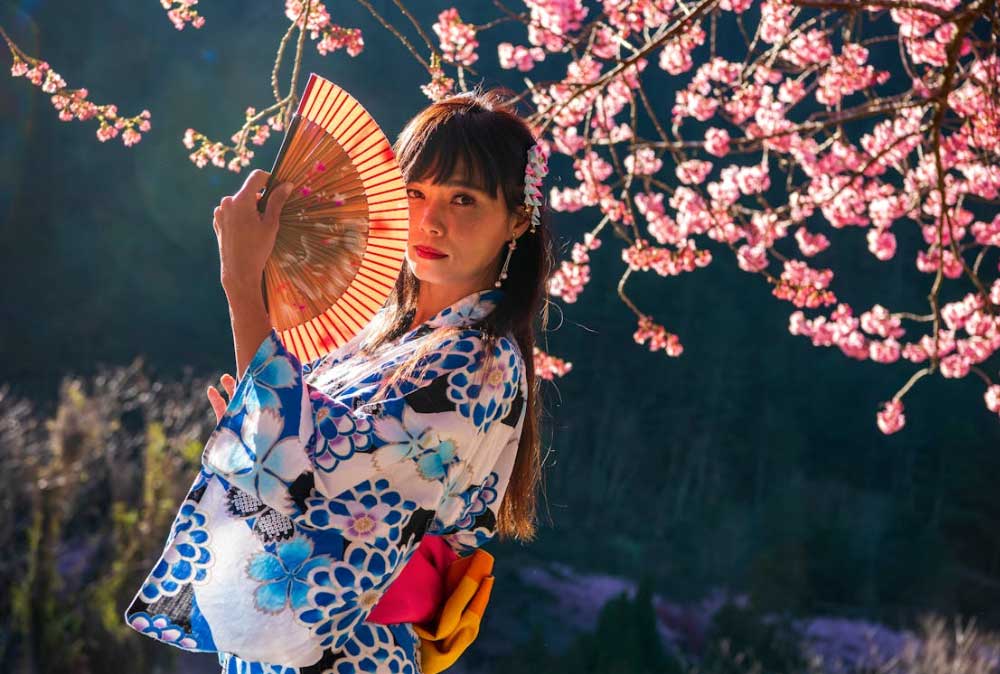The roots of Tokyo’s clothing culture can be traced back to ancient Japan, where the kimono emerged as a cultural symbol. During the Heian period (794-1185), kimonos became not only a means of covering the body but also a canvas for artistic expression and a marker of social status. The colors, patterns, and sleeve lengths of kimonos conveyed intricate details about the wearer’s rank and position in society.
The aesthetics of the kimono were deeply rooted in nature, with motifs inspired by seasons, landscapes, and wildlife. The harmonious blend of artistry and attire laid the foundation for Tokyo’s intricate clothing culture. The kimono, with its graceful drapery, continued to be a prominent garment through subsequent historical periods, preserving the elegance of ancient Japanese clothing traditions.

